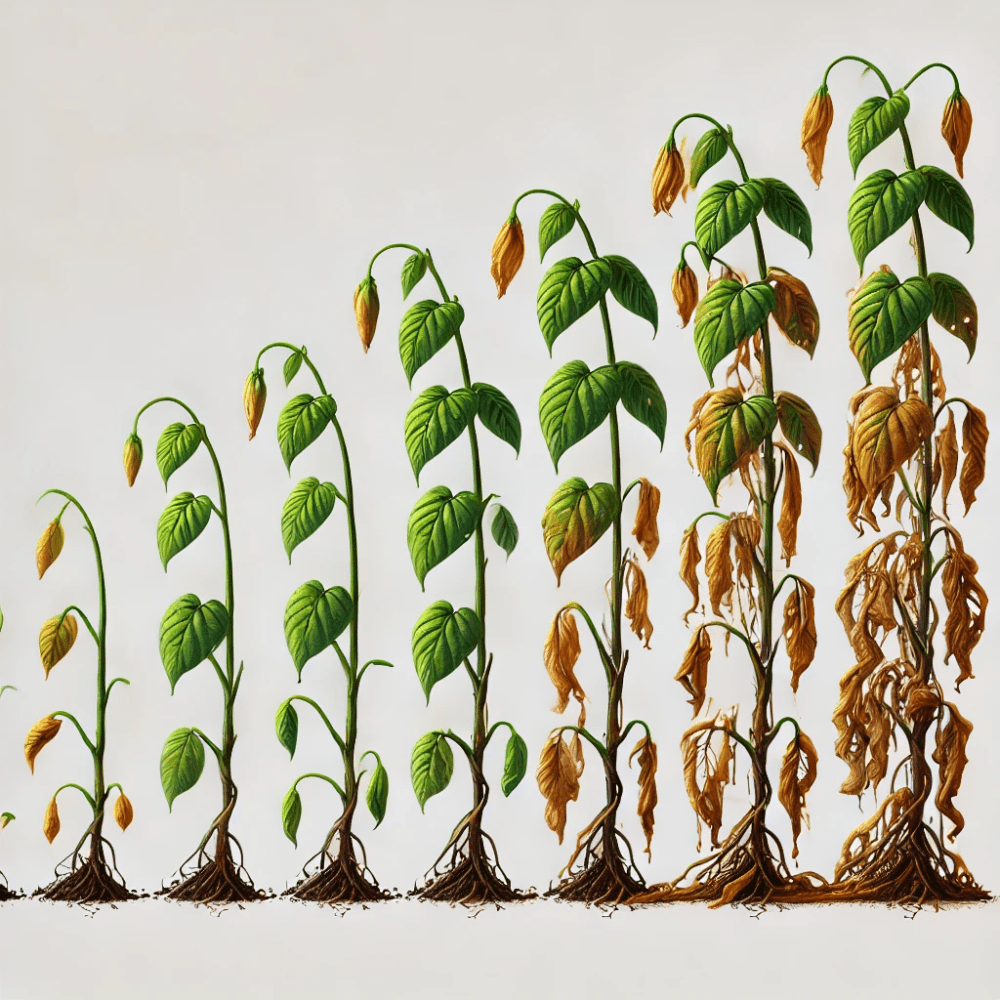How long does it take for Earth to complete one full REVOLUTION around the Sun?
365 days,
1 year,
or 12 months
What revolves around Earth?
A. the Sun
B. the Moon
C. Mars
D. the Equator
B. the Moon
True or False: Objects in the sky appear to move because of the revolution of the Earth.
False: It is because of the rotation of the Earth.
Which of the following is an INFERENCE?
A. The ping pong ball weighs 1 ounce.
B. The golf ball weighs 6 ounces.
C. The bowling ball weighs 8 lbs.
D. The bowling ball would be the hardest to throw.
D. The bowling ball would be the hardest to throw.
True or False: The Earth rotates around the Moon every 24 hours.
False
You notice that a plant's leaves are turning yellow. What is this an example of: an observation or an inference?
A. Observation, because you can see the yellow leaves.
B. Inference, because you are guessing why the leaves are yellow.
C. Observation, because you are predicting what will happen next.
D. Inference, because you are counting the number of yellow leaves.
A. Observation, because you can see the yellow leaves.
Earth spins on its __________?
a. Pole
b. Axis
c. Equator
d. Revolution
b. Axis
How long does it take for Earth to complete half of a REVOLUTION around the Sun?
half a year, or 6 months
Which of the following is an INFERENCE?
A. It is 98 degrees outide.
B. There are dark clouds in the sky.
C. It might rain later today.
D. The air is 99% humid.
C. It might rain later today.
True or False: It takes Earth 365 days (one year) to complete one full ROTATION on its axis.
False
What can you conclude from the table below?
Gas cars were faster than electric cars in the five trials.
Scientists have developed advanced materials that can withstand extremely high temperatures. Which of the following everyday items would most likely benefit from this new technology?
A) Oven mitts
B) Bicycle helmets
C) Winter coats
D) Sunglasses
A) Oven mitts
Michael is dissolving salt in water at different temperatures. He records the time it takes for the salt to completely dissolve in each cup. What is he most likely investigating?
A. Which temperature of water freezes the fastest.
B. Which cup of water tastes the best.
C. Which temperature of water dissolves the salt the fastest.
D. Which temperature does not make the salt dissolve.
C. Which temperature of water dissolves the salt the fastest.
A student observes a plant with brown leaves and drooping stems, as shown in the image. Which of the following statements is an observation, and which is an inference?
A) The plant is turning brown because it is not getting enough water.
B) The leaves of the plant are brown and the stems are drooping.
C) The plant is dying because it was exposed to too much sunlight.
D) The plant's leaves have fallen to the ground.

A and C are inferences
B and D are observations.
If I run at 5 AM today and 5 AM tomorrow, what is true about Earth's movement in that time?
A. It has rotated one full time.
B. It completed one full revolution.
C. It completes 365 rotations
D. It completes 24 rotations.
A. It has rotated one full time.
True or False: In order for an investigation to be considered "effective", it should have clear procedures that others can use to repeat the investigation.
True: Clear procedures are needed for every experiment, so that other groups can repeat it properly.